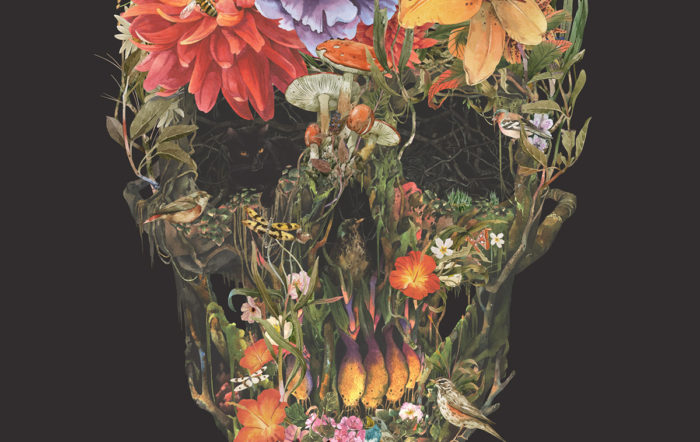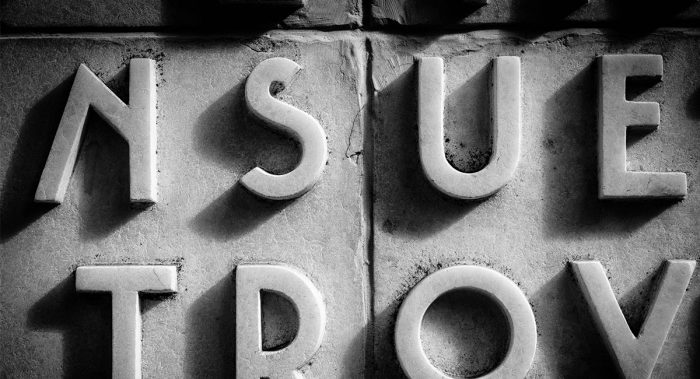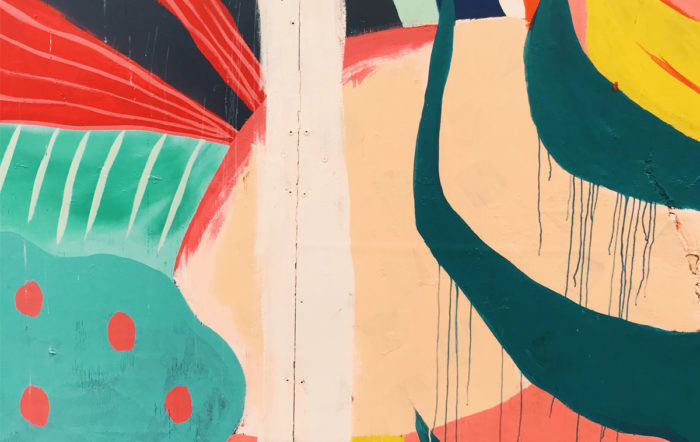You’re fresh out of school, degree in hand. Everyone and their mother is giving you the same career advice: Start low on the ladder in a big firm and work your way up. The idealists among us might be wondering, is this really the best place to put my creativity to use? And the cynics among us might wonder, do we really have a choice?
Design jobs are more competitive than ever these days, so there is some wisdom to just taking what you can get. That said, there are plenty of reasons why some designers are better fit for certain office environments than others. Especially in creative fields, what makes somebody the right fit for a gig often comes down to their soft skills, rather than their training.
So, are you somebody who’s naturally good at working in groups, or do you have a bit of a reputation for going rogue? Are you looking for a creative director to be your mentor, or are you most interested in learning on the job yourself?
Here’s a guide to see which designer job fits best for you.
Is an agency right for you?
In a fast-paced environment like a creative agency or studio, a junior designer would get to work on a range of projects, learning the ins-and-outs of the business behind a variety of brands and industries. Designers would also get to watch how a campaign is built from the ground up—working closely with marketing and sales teams, who oversee everything from market research to product rollout and testing. This kind of exposure would be amazing for anyone, really, but especially for someone who likes working collaboratively, will volunteer for jobs nobody really wants to do, and is curious about the market trends behind successful design.
Ije Nwokorie, the current senior director of Apple and former CEO of Wolff Olins, said that the best piece of advice he was ever given was: “‘There is no limit to what you can get done if you don’t care who takes credit for it.’ For me that’s huge. Focus on what you’re trying to create, not what you’ll get out of it.”
In other words, if you want to make it at an agency, you should feel comfortable (or even excited) by the prospect of putting your creative talents towards helping the team achieve collective goals, whether or not you get the credit. You might also have to be okay with doing great work that no one ever sees, since so much effort goes into pitches.
Soft Skills:
— Able to work collaboratively, and under the supervision of a senior designer
— Interested in marketing and sales
— Willing to take one for the team… because you might be a doormat for a while
What about working in-house?
Working as an in-house designer lets you build a great brand from within. For some, that might sound a little creatively restrictive—in some ways, it is. The scope of your work would only concern a single brand. But the more businesses realize that their overall success is predicated on exceptional design, the more essential the role of the in-house designer becomes.
Plus, these businesses are realizing that design is important at every level of commerce. As Alex Center, a designer who worked in-house for Coca-Cola, explained, “a broader audience is recognizing that design is not just about how a product looks, but how it works… We’re no longer simply craftsmen who are brought in at the end of a project to make it sparkle. We’re leaders who have a hand in building big picture brand experiences and innovative product systems from the inside out.”
There’s a sort of corporate empathy at which in-house designers have to be particularly adept. Julia Hoffman, the creative director of MoMA, thinks that working in-house “eliminates the individual ego.” The designer must become the brand and “must take into consideration the bigger picture. To some extent, you are your own client, whom you truly care about.” This requires a designer with an artful diplomacy—someone who’s comfortable in boardroom settings, persuasive about the value of design, good at managing other people’s expectations, and can take on whatever design project comes up.
Soft Skills:
— Able to work with many kinds of personalities, including the difficult ones
— Interested in building a brand on the ground floor
— Can wear many hats
Are you a born freelancer?
For some, going the freelance route is a great career move—you get to choose the clients you take on, make your own schedule, and even charge more than you would if you were in-house. But it’s not right for everyone. Part of the difficulty with the freelance lifestyle is that you’re also your own administrator: You have to be looking for new business and managing your own payments, all while keeping up with your creative projects. That can be a lot to juggle.
The biggest perk of freelance work is that you have total agency of your creative output, dipping in and out of various projects at a variety of brands. Over the course of a career, a freelancer can build up a reputation based on a particular skill set, style, or area of specialization. If that kind of artistic-driven expertise is attractive to you, then you might be someone who’s suited to work alone in a freelance capacity. But before you take the plunge and go freelance, consider beefing up your rolodex while you’re working a 9-to-5 by doing some work on the side.
Soft Skills:
— Able to juggle many projects (including paperwork) at once in an organized fashion
— Interested in working directly with clients, including on tasks like billing
— Does their best creative work alone
All of the above
These three tracks aren’t siloed from each other—there’s no rule that says that once you start down one path, you can’t switch it up. Every designer seems to have a more crooked origin story than the next, falling into jobs without any idea of where they’ll lead. Why not move from freelance to in-house, then jump ship to start your own studio? Who says you can’t leave your own creative agency to work in-house? The key to having a varied, exciting career is just to play to your own strengths. As long as you have a good idea of the environments in which you thrive, you’ll end up on the right path.



